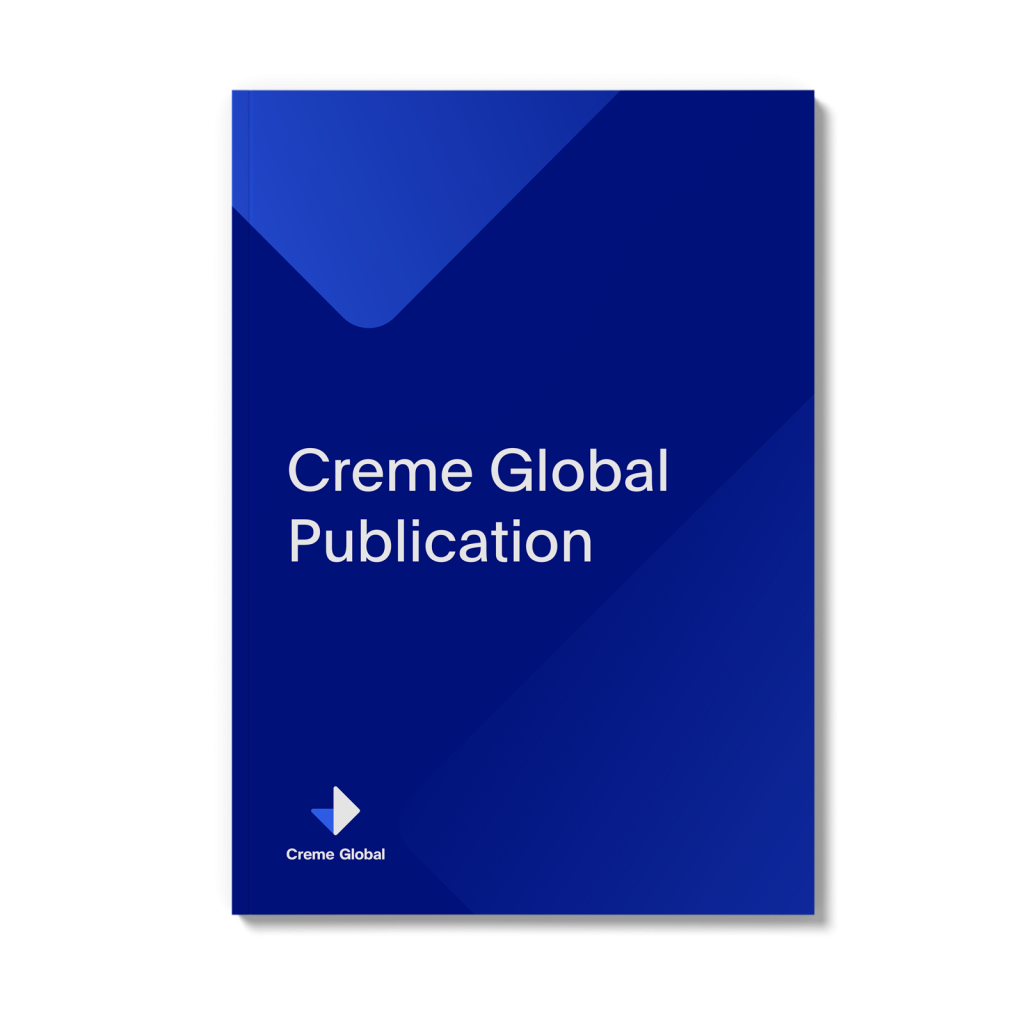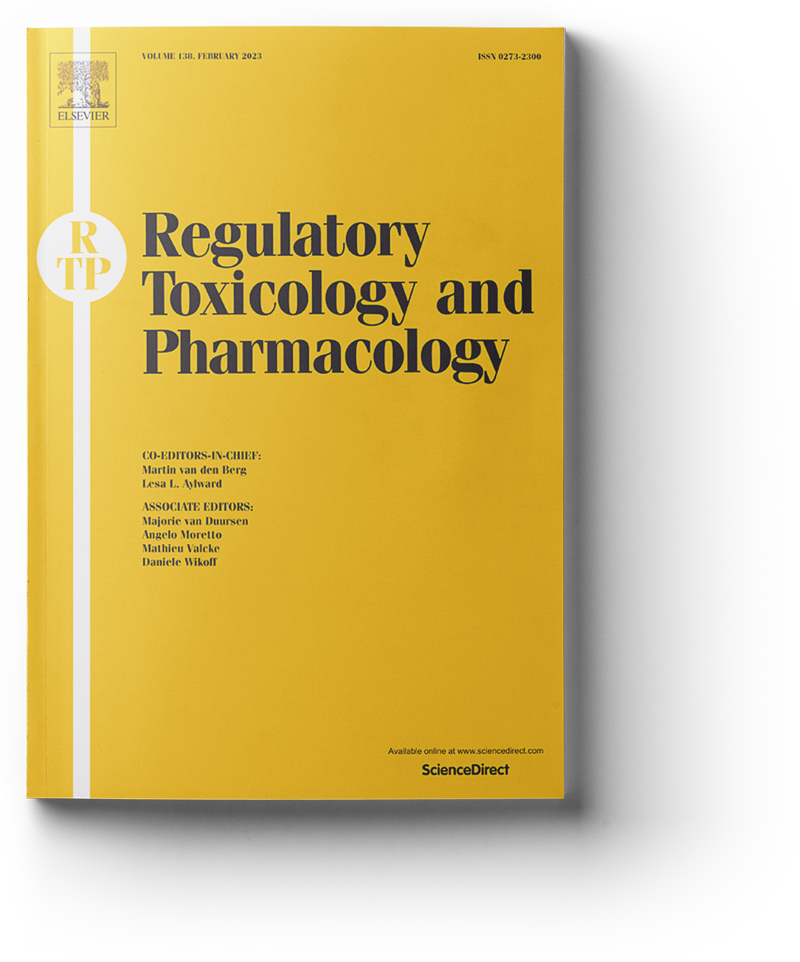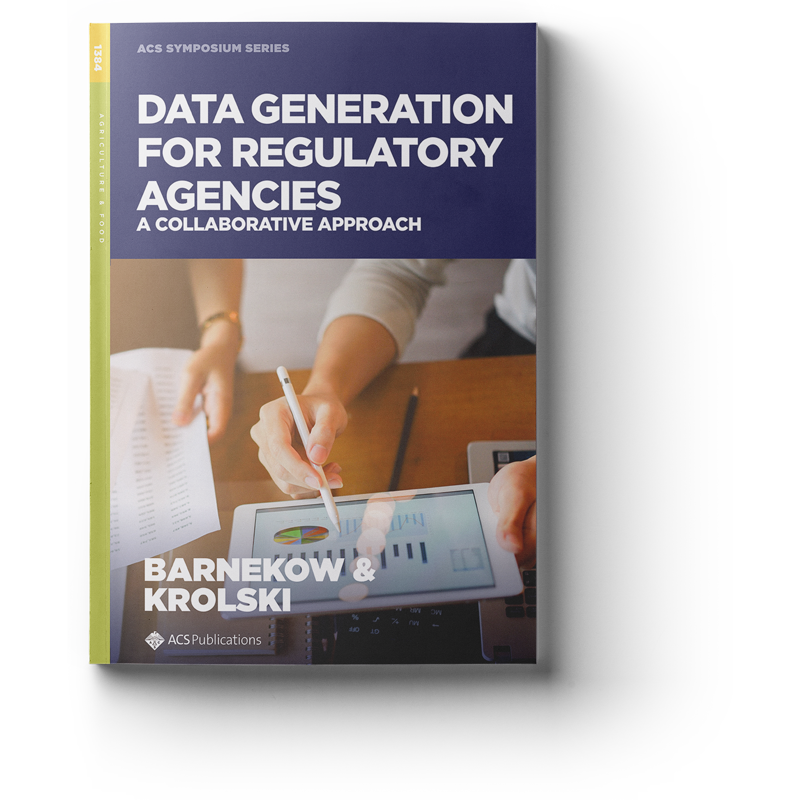This study presents a data-driven approach for classifying food safety alerts related to chemical and microbial contaminants in dairy products using the Rapid Alert System for Food and Feed (RASFF) and the World Health Organization (WHO)’s Global Environmental Monitoring System (GEMS) food contaminants databases….
Authors: Gopaiah Talari, Rajat Nag, John O’Brien, Cronan McNamara, Enda Cummins
Publication date: 15/01/2024


